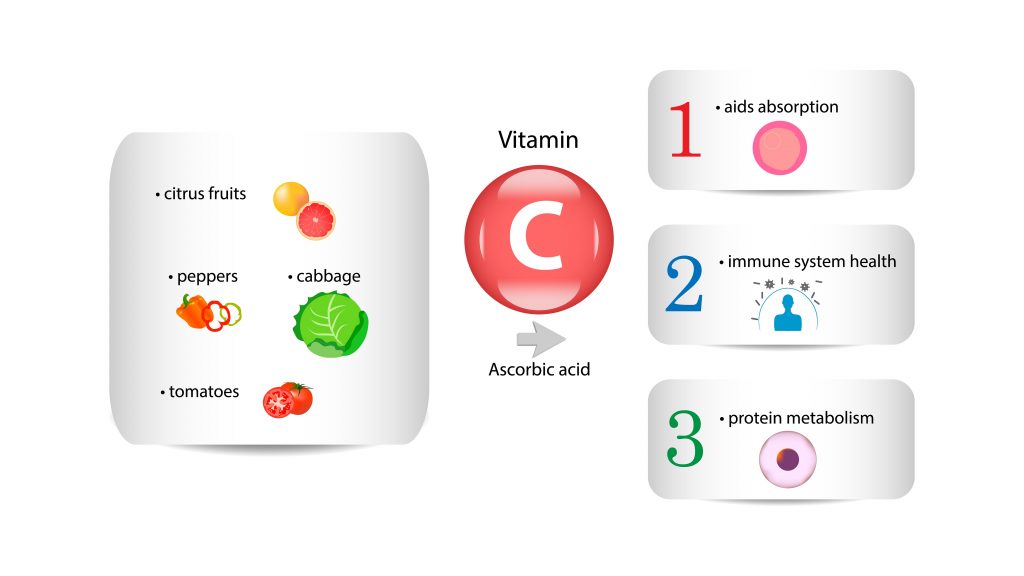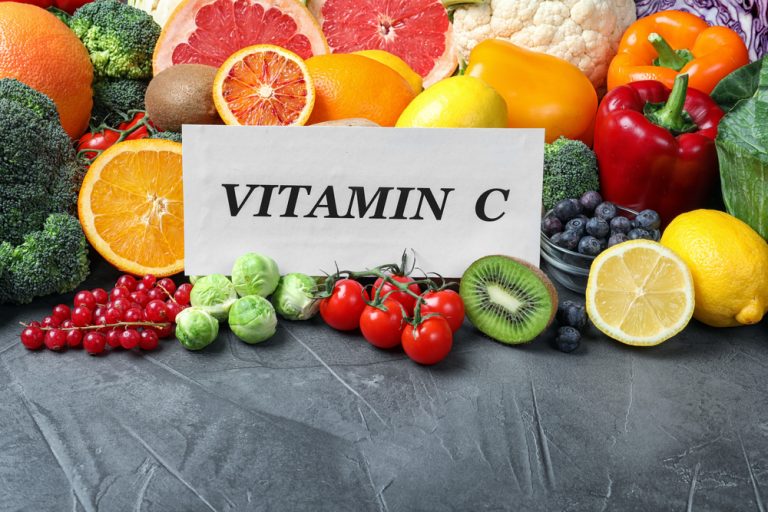Vitamin C (ascorbic acid) is an ever hot topic that is constantly up due to frequent news of more and more potential health properties. Many people pay attention to providing it in sufficient amounts both with food and with supplements. While supplying vitamin C with supplements makes it easy to get even many times the required dosage, not everyone manages to meet the daily requirement using only food in their diets. Fortunately, it is not difficult at all. All you have to do know the richest dietary sources of vitamin C and put them regularly on your menu.
The best sources of vitamin C

Rosehips
The undisputed top in terms of the content of vitamin C is rosehip. It contains 250-800 mg of ascorbic acid per 100 g, but because of the need to prepare preparations such as syrups or dried tea, a large part of it is lost during thermal processing.
Parsley leaves
This spice associated with soups provides 269 mg of vitamin C in 100 g of fresh product. It might seem difficult to use it in such large quantities, but fruit and vegetable cocktails with parsley addition can help with that. Its additional advantage is the high content of iron, the absorption of which is increased by vitamin C.
Pepper
This popular vegetable boasts as much as 125-200 mg of vitamin C in 100 g! With its high concentration of vitamin C, easy availability, versatility in diet plan usage, peppers become the best way to supply ascorbic acid. Just by eating one raw bell pepper, you will easily meet your daily vitamin C requirement!
Broccoli and Brussels sprouts
Brassica vegetables, which include broccoli and Brussels sprouts, are one of the healthiest groups of vegetables. Not surprisingly, they are also rich in vitamin C, of which they contain 65-150 mg per 100 g. Unfortunately, these vegetables require heat treatment, such as cooking, so much of the vitamin C may be lost.
Grapefruit
Finally, we come to citrus fruits so associated with vitamin C. Grapefruits contain the highest amount of vitamin C, 100 g of which contain 30-70 mg of ascorbic acid.
Lemons
Unfortunately, but so popular lemon is not at all the ideal and leading source of vitamin C. In 100 g of this fruit, you will find only 40-60 mg of this vitamin, the content of which is further reduced due to the use of lemon juice in hot drinks and dishes.
What else? Proper daily intake of vitamin C is actually the result of small portions of fruits and vegetables eaten alongside main meals in your diet plan. Although not as impressive in the vitamin C content as those listed above, you should also be interested in including cabbage, cauliflower, spinach, green beans, radishes, potatoes, tomatoes, oranges, red and white currants, gooseberries, raspberries, apples, and even bananas in your diet.
Summary
If you want to increase the amount of vitamin C in your diet, there are no contraindications to supplementation but do not forget about natural dietary sources, which will provide not only ascorbic acid but also a number of other bioactive compounds that are essential for health and well-being.






